Lisbon II – Belem
Belem: the discovery
started here
- This was the send of point for the voyages during the Age of the Discoveries
We are on time!!
This morning we got up and
already at a quarter to nine we left our place – to the Metro station – with
beautiful sunshine over the Praca do Comerco to the tram station: 15E towards
Belem, we got some nice seats and enjoying the ride. Once at the end we walked
over the overpass to the tower and were there 10 Min before opening time.
Torre de Belem
Ok, so we were nearly first in
line – except we didn’t know we have to go to the ticket booth first to get our
free tickets. And then we went inside. From the platform we had a nice view up
and down the river, up towards the tower and the cool little courtyard – it is
amazing. Then up on the tower were we visited different rooms where you could
have sneak peaks outside – go out on the narrow balcony. Only disappointment:
we didn’t go up to the very top. At the bottom we walked between the guns
before heading back out. Gine did a walk around to see it from all sites –
before we continued on along the River Tejo.
The good bye and Hello –
Tower:
- Built in 1520 (and it did survive the earthquake): when it was built it was in the middle of the river, with the river going in front of the Monastery: the earthquake changed the course of the river: making it easier for us to access
- It was built as a fortress to defend the mouth of the river Tejo
- This was the last the sailors saw when they left their homeland and the first they saw when they returned
- You know you are in the kings room in the tower if you look up and look at the ceiling: the king used it so that he and the court could watch the ships arrive
- As where the armillary sphere and crossed of the Orders of christ appear with the flames- then you know it’s the chapel
- When you look at it and you see the decorated tower: this is the Manueline style: built by King Manuel
- The balcony or loggia: was used to celebrate and for ceremonies when the ship arrived
The famous explorer from Portugal
– Vasco da Gama:
- Born sometime around 1460, he was the 1st European to reach India via the ocean on his first voyage from 1497-99: he made the longest ocean voyage every taken until then: and yes he started here
- He left with 4 ships and 170 men and came back with 2 ships and 55 men
- They went via Teneriffe and Cape Verde and were then for 3 month on the open Atlantic ocean: the longest journey out of the sight of land and arrived in South Africa, continued to Mosambique, was the 1st European to visit Mombasa in April 1498 and arrived in Calicut in May. He left India in Augsut in the monsoon times: as where on the way to India it took them 23 days to cross the Indian ocean on the way back it took them 132 days, as they sailed against the wind. They arrived in Malindi with most having scurvy and half of the crew dead, because he didn’t had enough crewman left he then sailed only with 2 more ships
- He stayed in south Africa because his brother was seriously ill, then later went on towards Portugal – his brother died on route and he buried him in the Azores
- In 1524 he set out on his 3rd voyage with 14 ships and 2 of his sons: on route he got Malaria and died on Christmas eve in 1524 in India. In 1539 his remains were brought back to Portugal and he is buried in the Monastery of Jernonimos
- The Port city Vasco da Gama in Goa is named after him
Let’s discover the unknown
world:
- How did Portugal pull it off: the people were motivated by greed and hoping to break the Arab and Venetian monopoly on Eastern luxury goods: at that time pepper was jacked up 1000% by the time it reached the European dinner table
- They pioneered and profited from the Slave trade: it is estimated that Portuguese ships transported over 4 Mill Slaves into the new world
- They were driven by crusading Christian spirit – the love of science and a spirit of adventure. It did help that they had strong maritime traditions and technology savy men who developed navigation devices, astronomy, maps, and were excellent ship builders.
- They were obsessed with finding the legendary kingdom of fabulously wealthy Christian “Prester John”: his legend started during the period of the crusaders (11th-13th century), it was first recorded in 1145 by a German Bishop and talks about this John which is a wealthy and powerful king and was a descendant of one of the Magicians who visited the Jesus Christ as his birth, he also defeated the Muslim king of Persia: with a lack of reliable information and lots of wishful thinking the legend was born
- In 1415 they took over Morocco and the Muslims of Ceuta and took over the North African trade routes
- 1418 they discovered Madeira and in 1427 the Azores in the Atlantic
- 1434: Gil Eanes sailed around Cape Bojodor western Sahare: which was at that time the border to the unknown world and sailed into the equatorial seas – he did return with 200 enslaved Africans
- 1488: Bartholomeu Dias rounded the South Tip of Africa
- 1498: Vasco da Gama went to India – Indonesia – Japan – and China
- 1500 Pedro Cabal and Dias with 1200 men set out to Asia, they wanted to avoid the windless area close to Africa and landed in Brazil (upps quite a detour when you end up in Brasil on the way around Africa)
- 1520 Ferdinand Magellan: was Portuguese but sailed for Spain he navigated the globe in 30 month
Monument of Discovery –
Padrao dos Descobrimentos
Gine loved it: you can see all
the famous people who were adventures to explore and discover the new world. We
did went up with the lift: Gine thought it is funny that the senior discount
would have been more expensive then the Lisbon card discount, because Seniors
don’t get a Lisbon card discount. Once at the top we had an amazing view down
the River to the Atlantic with the Torre de Belem, then a great view on the
Monastery and the closed park (as it gets renovated) and also up towards the
Bridge. Looking down we could see the world map in the stones.
Back at the bottom we went over
to the world map to check out all the discoveries the Portuguese did.
- Built in 1960 in memory of the 500th Anniversary of the death of Henry the Navigator for the Portugues World Exhibition\\A wind rose with a giant world map with the sea monster infested waters: you can see the main routes established during the disgovery age
- Henry the Navigaotr is at the front followed by: Pero the Escobar (Pilot) and at the very end Prince Pedro: son of King Joao I and on the other side King Afonso – Vasco da Gama (he stands with his eye on the horizon and his hand on his sword), Pedro Carbal (he holds his hand to his heart) Fernand Magellan (holding a circle representing the round glove his ship circum navigated)
Monastery
Next stop the monastery – ok
there is a long lineup: it’s the archaeological museum – near it a even longer
lineup for the Monastery and as the church is for free: today it is only
opening after 2 pm, as it is Sunday. We didn’t want to stand for 2 hours in a
lineup so we skipped the monastery to Gine’s disappointment.
- Before the sailors embarked they would stay and pray at the monastery of Jeronimos
- St. Jerome lived in the 4th century in the holy land and translated the bible into the church’s official latin version
- It got built to celebrate Gama’s safe return (his tomb is inside): King Manual promised if Vasco da Gama will safely return from India he will built a monastery and a church: the spices he brought back was enough to fund the building – a thank you for discoveries
- it is symbolizing the golden age of Portugal
- by the way many of the expeditions were financed by the order of Christ: a brotherhood of soldier-monks
The Changing of the guard at
the Palacio de Belem
We continue along the road and
decide that we also would like to have a coffee when we came by the entrance of
the pink the Palacio de Belem. We likely would nearly walked by without
discovering it is here, if it would not been for the changing of the guard at
the moment we walked by – so that was fun.
Paul discovers the flea
market
And then Paul discovered a flea
market: as where Gine loved to watch the people and check out the cool trees –
Paul loved to check out the different stands, as you never know if you find a
treasure somewhere. That means we both had our fun.
We need some coffee
I mean it is noon time that
means it is time for a coffee: we did ordered an Americano and got one – but we
didn’t specifically asked for milk, and we realized normally milk is not
included – so we went back with our cups and got some milk. The little sit down
was really great as we did some more walking only this time inside:
The National Coach Museum
When Gine read about it, she
thought that sounds super exciting, we first went in the old Building – the old
riding school (I would never have guessed that) and it was for free with our
pass and amazing: you walk in and you are in a super amazing hall: there were
around 10 carriages on the sides each one amazing and mind blowing, from the
suspension, to the cool carved wheels, the unique carriage itself – I guess the
surrounding of the cool building did the rest, at the end we went in a side are
where we saw some super old fire fighter equipment, up the stairs and you look
over the amazing hall from the Balcony: saw the kings of the past – we walked
around, and I have to say: this is amazing.
Gine said to Paul we have to go
to the new concret part of the museum, they say there are the best coaches –
and we really doubted you could top it. But you can!! The first we saw was the
oldest coach of Portugal: built in 1616 (that means over 400 years old) and it
is still there, then some amazing coaches from the kings – they are so mind
blowing you can only look and look and not get over on how they made them so
amazing: lots of details and stories and each one different – we found amazing
sculptures and pictures. From the kings and Princesses, to the kids and
outings, the clerks and hunters, newer ones in boring black, the first prison
transport vehicle in Portugal, a mail coach… all I can say: I’m glad we came it
was so cool!!
- It has one of the world’s largest collection of carriages including the 16th century coach from King Felipe I
- In 1905 the last queen of Portugal saw that cars would soon obliterate horse drawn carriages as a form of transportations, she decided to preserve the fine collection of royal coaches
- How are they built between the wheels hangs the open roman style body on leather suspension with sculptures in the front and the back
- The Suspension technology made in the 15th century in the Hungarian town Koes (which is pronounced like coach) was leading to the name we use today
Some of the cool coaches we saw from the around 80 in the museum
- The oldest one is from King FelipeII of Spain and doesn’t have a driver seat: the driver rides the horse – and under the cushions of the passenger seat is a potty hold for road sickness
- The wedding gift for Queen Mary a “modern” one with 8 windows from 1666 – a cousin of Louis XIV
- King Joao V coach with gold and carved wheel – so many details you don’t know where to look
- King Joao I coach was golden with lots of details and is the most famous baroque coach: with amazing carvings of fruit and flower garlands, the Indian heads symbolize the first contact with Brazil
- The Ocean coach has gold figures: you can see how important the ocean was to the Portuguese: on the back left summer with wheat and spring with flower and in front of the ocean to men: the Atlantic and the Indian Ocean shaking hands: they symbolizethe passage of the Cape of Good Hope
- The coach of the coronation of Lisbon (right one): in the middle the female Lisbon with a cepter in her hands is crowned by the goddess of fame holding a trumpet and the Goddess of Abundance holding flowers and fruits: at the feet the dragon symbolizes the house of Braganza. The 2 male figures are Asia and Africa.
- The coach of conquest & Navigation: on the left Zephyr offers to Tethys: Goddess of Navigation a compass, a square, and the globe. The goddess is on the shoulder of a triton. The ships compass symbolizes Palemon the god of the ports On the right Belona, goddess of war holds a shield and commands a lion: the symbol of royal power.
- Did you know there are even coaches to transport figures of the Virgin Mary in the processions??
- We saw some “litters” those are the ones with no wheels\
- The mail coach: made for long distance travel – we learned a trip from Lisbon to Porto took 34 hours and stopped at 23 stations: so travellers could rest and the horses got changed
- Prisoner Carriage: we did see the oldest horse-drawn prison transport vehicle in Portugal: there are no real windows and only 1 door in the back to a central corridor and from there into 6 prison cells: 2 prison gaurds stayed inside in the corridor on each end and the doors into the cells had perforated metal plates in the top
Tram part 2 – after the Praca
de Afonso de Albuquerque
Outside we went through this
little park with an obelisk and then on search for the Tram station, as we
first ended up at the bus station. The Tram was full! But it brought us back to
the Praca do Comerico (that is when Paul discovered that our cards are expired)
Coffee – Pastry – and weird
people
Coffee time: it’s 3 o’clock and
we walk around for 6 hours – we found a place with Americano and yes we would
like milk with some yummy pastry – that is when we decided we get some for
tonight (Gine brought the tuberware so they survive). A bit later we found a
place with some cool sandwiches and decided that will be great for supper. And
we went into one Paderia were we could see on how they make those little tards
we love so much.
- The Pastel de Nata are the most famous Portuguese pastry: cream custard tards.
- The started in the 7th century with the monks who made pastry to use up egg yolks they had left over – as they used the egg whites for wine making or cloth ironing (wonder how that worked)
- When the convents got closed in 1820 after the liberation the recipes came out of the convents – and since then everyone can make them
The plan was to take Tram 28E
which goes by all tourist attraction: there were 2 problems #1 our Lisbon card
is expired and we didn’t know if we can go on and #2 once the tram arrived it
was crammed full: which would mean you stand – don’t see anything: ok we
decided that is stupid and went to a backup plan.
Gine says let’s go to the
Elvador de Santa Justa: it looks super cool, so we walked underneath it, once
we discover it cost over 5 E per person we decided that we rather relax for
free along the river
- Built in 1902 it got built by an architect who studied under Gustav Eiffel: it’s a 150 ft tall iron elevator and connects the lower and upper part of the town
Music at the Placa do
Comercio
Paul said he wants sunshine,
Gine decided along the river will be perfect and so we went over the placa to
the pillars. Today there were a lot of people around, and lucky for us we found
a nice place to sit in the sun and to enjoy the sunshine – watch the people –
listen to music and watch the dancing. Gine went towards the pillars where the
tide came in with big waves and so we knew for sure that the river is affected
by the tide because it is now high tide and where yesterday was a sandy beach
is today water. I think we were sitting around for an hour because it was so
cool.
Tired: Supper in our
apartment
we decided to walk back, as it
looks like it is only a 15 Min walk, and it was really not that far. First
along the waterfront then into the older town area: we had cool views up
towards the Se cathedral, some graffiti houses, found a Mini mercado – and now
our backpack is really full!!! Once in the Alfalma we didn’t got lost and found
our place: one street up – the feeling says we are to high up, so one set of
steps down – I think that name sounds familiar – so further to the left and see
there our “Street” or our “Steps” are right there.
As we walk up it’s 6 o’clock and
time for supper: that means for 9 hours we were out and enjoying Lisbon and we
still haven’t seen all!!

 Belém Tower, Lisboa, Portugal
Belém Tower, Lisboa, Portugal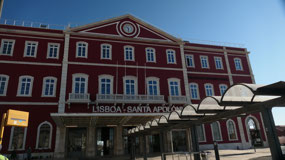
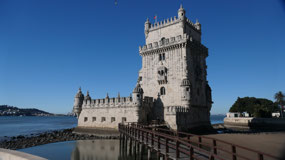

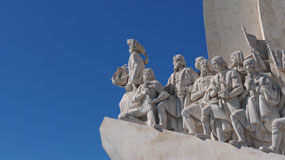
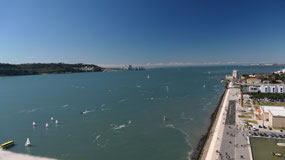
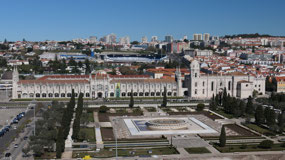
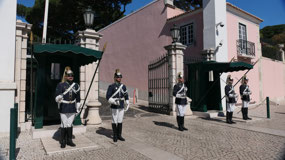
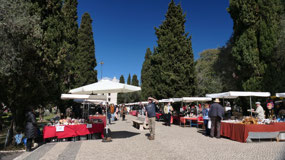
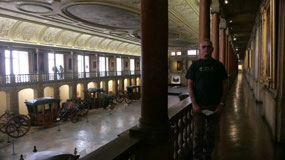
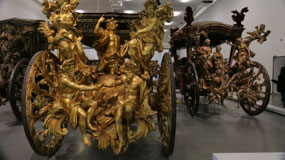
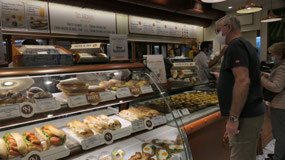
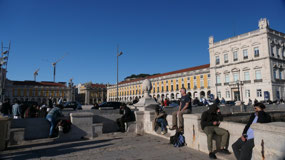



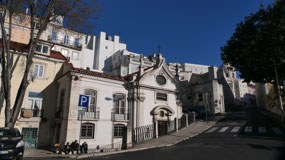
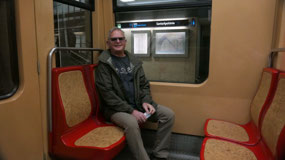
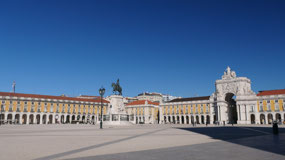
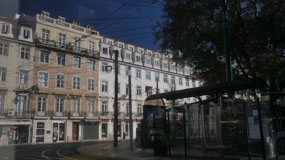
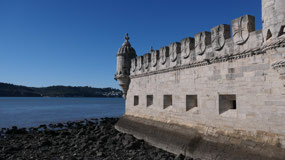
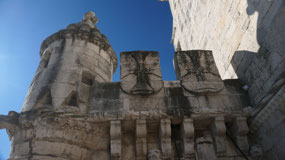
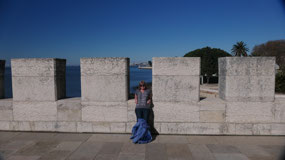
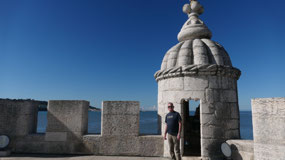

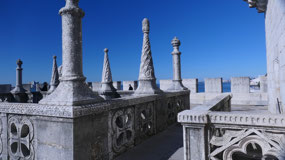
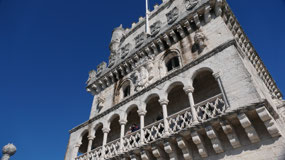
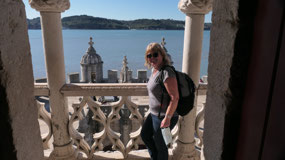
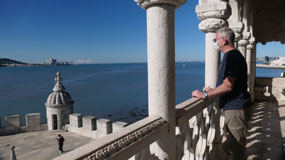
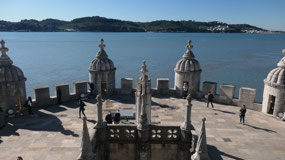
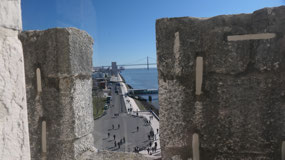
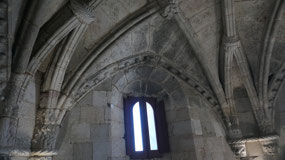
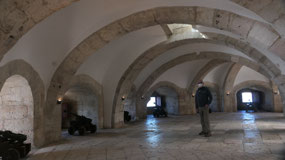
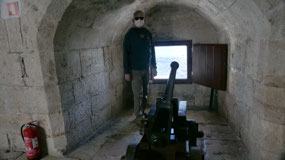
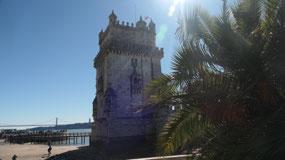
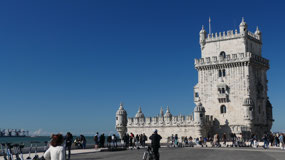
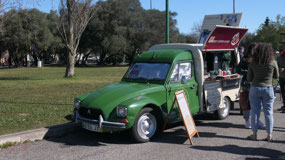
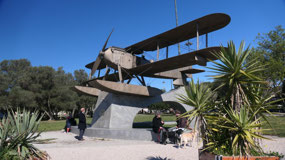
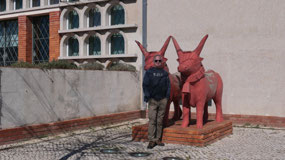
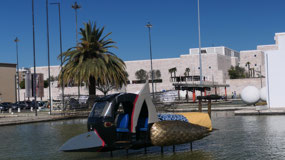
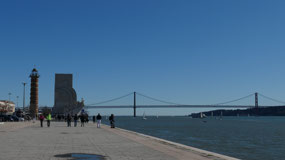
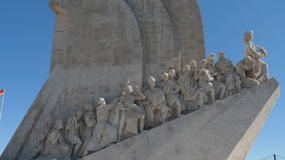
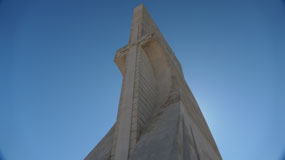
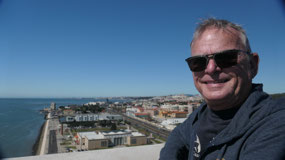
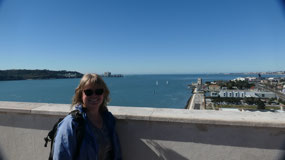
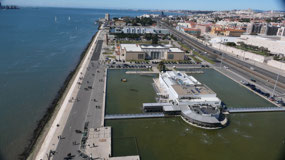
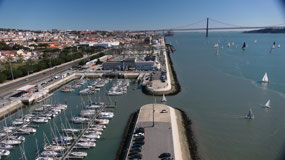

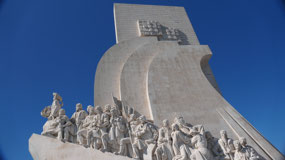
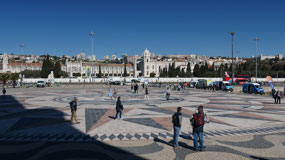
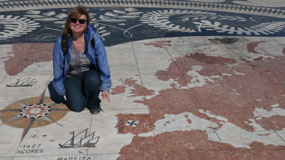
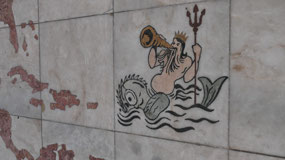
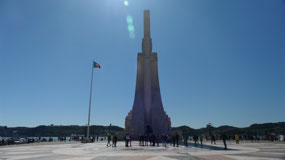
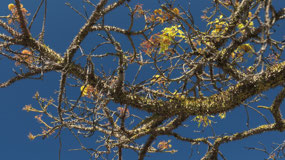
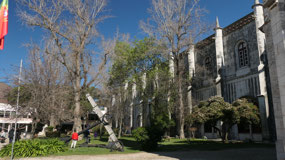
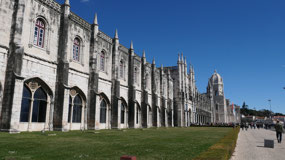
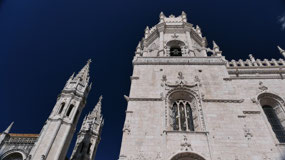
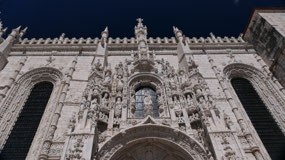

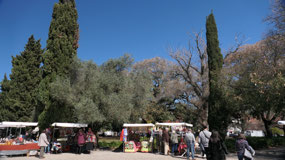
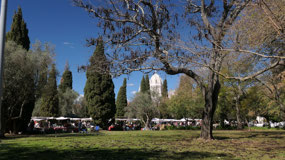

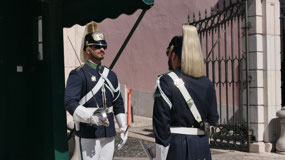

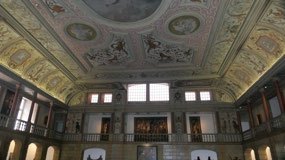

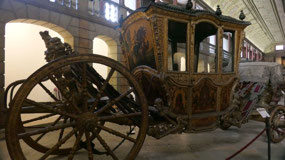
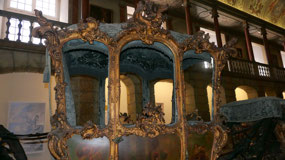
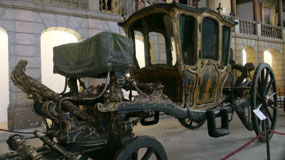
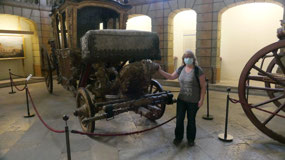
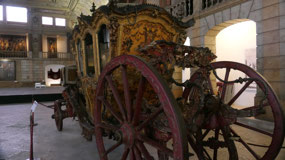

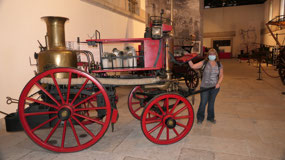
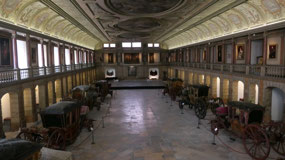
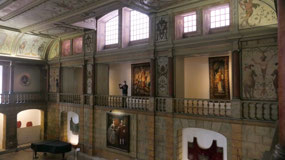

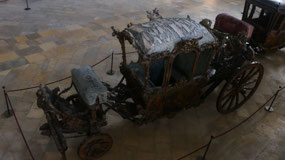

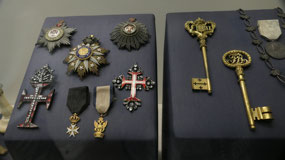
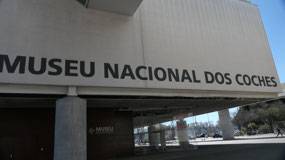
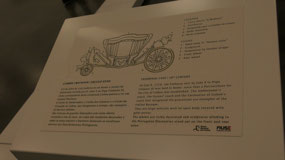
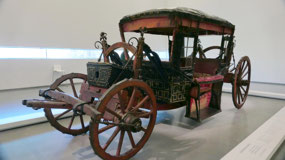
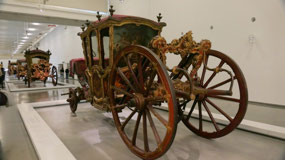
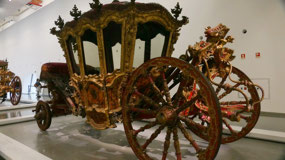
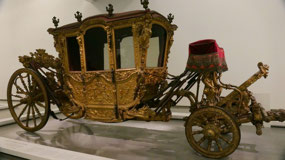
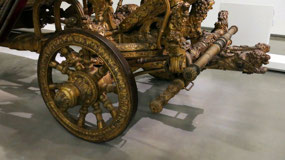
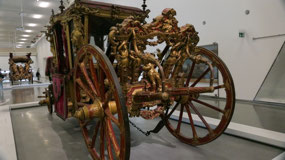

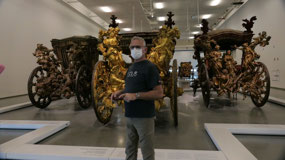
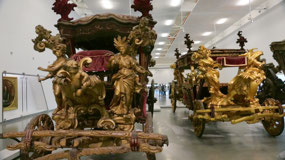
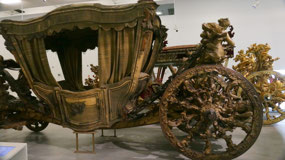
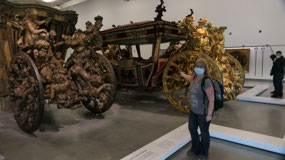
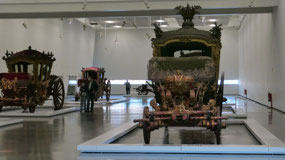
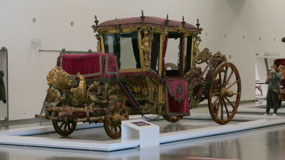
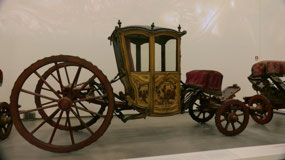
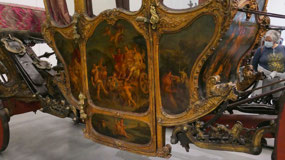
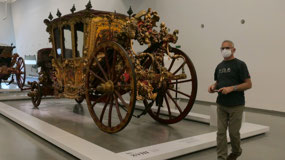
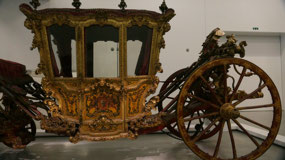
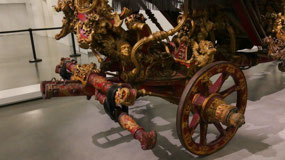
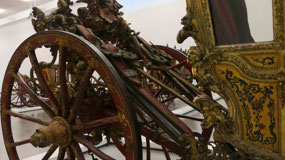
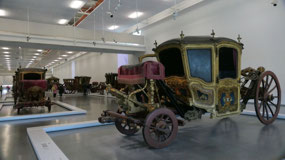
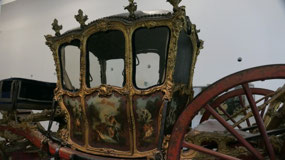
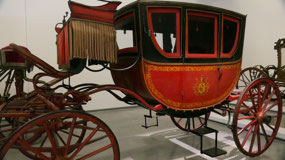
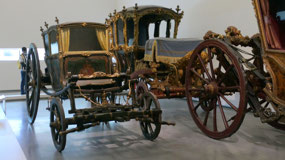
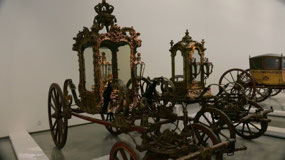
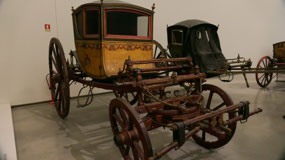

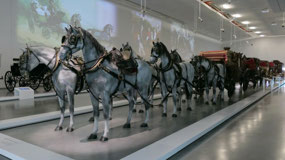
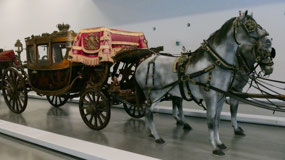
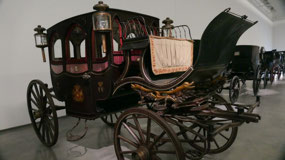
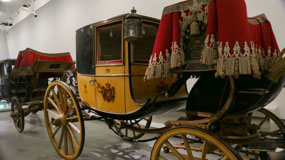
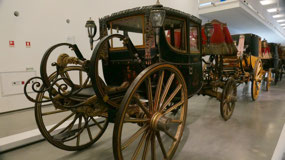
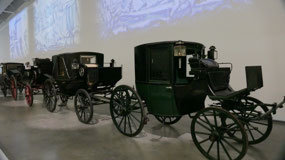
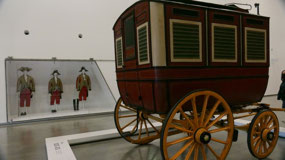

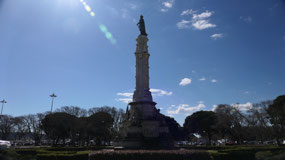
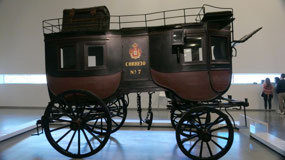
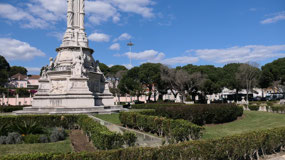
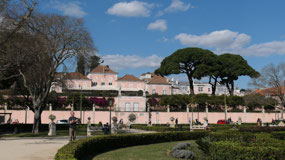
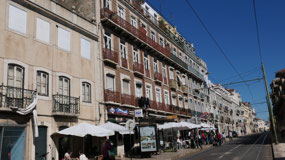
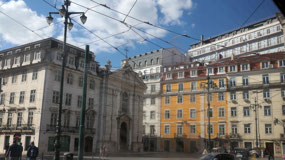
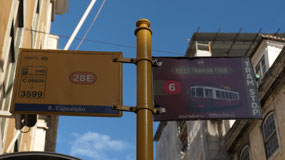
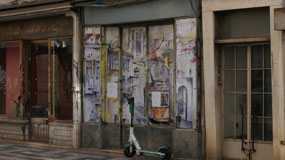

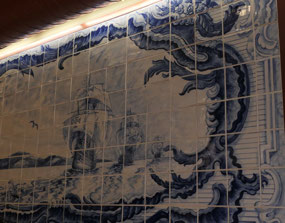
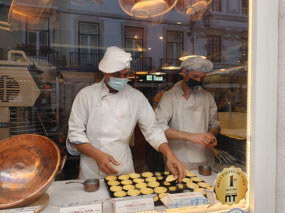
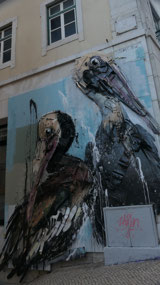
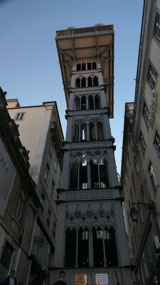
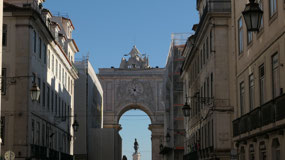
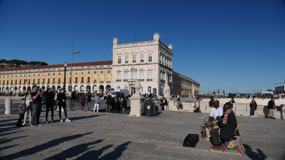
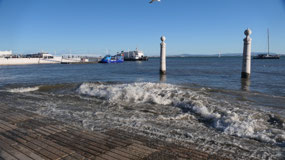
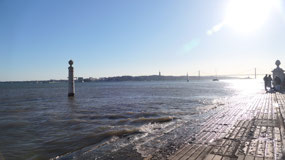
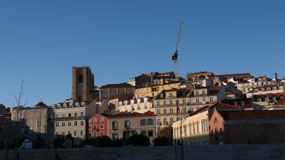
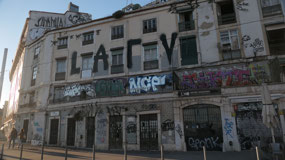
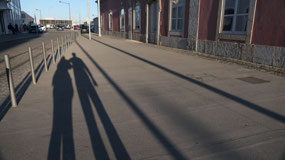
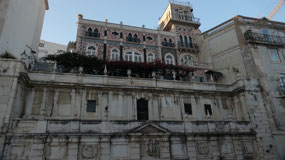
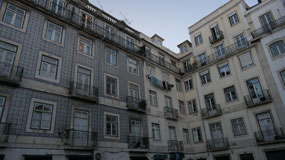

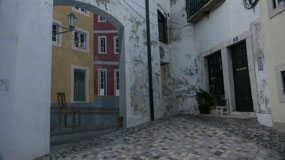
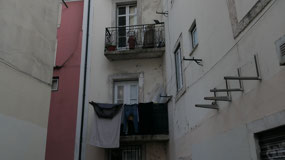
2025-05-22